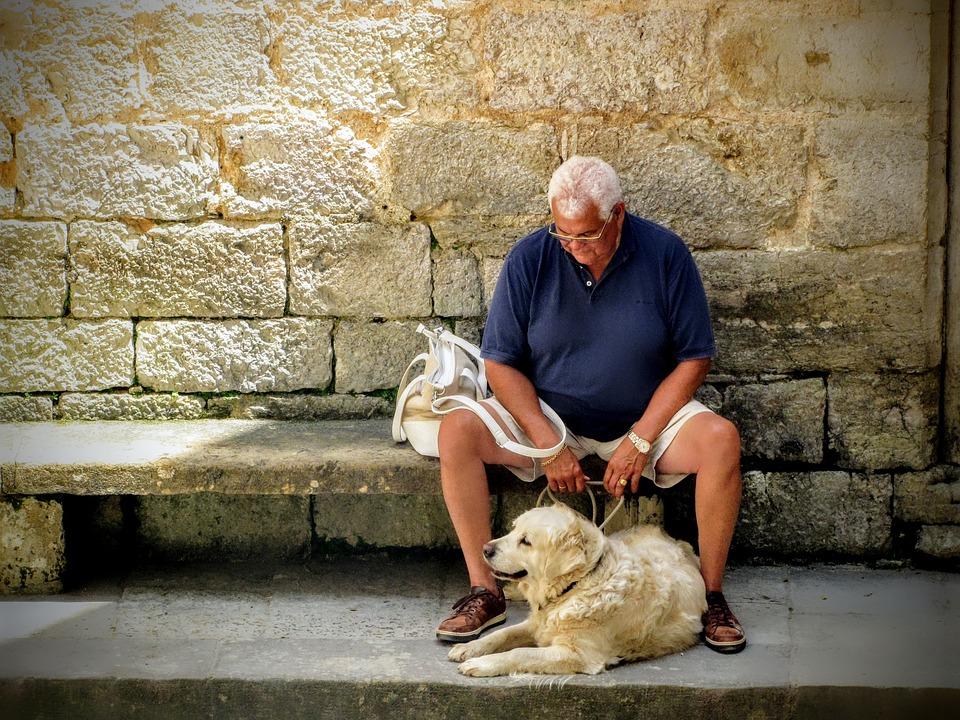[TEC-MED] القيمة الاجتماعية للشيخوخة

The content is available only in English
“The COVID-19 pandemic is causing indescribable fear and suffering for older people worldwide. Beyond its immediate impact on health, the pandemic places older persons at a higher risk of poverty, discrimination and isolation” Antonio Guterres, UN Secretary General
We are aware that the lamentation for dehumanization in aging, health, suffering and death is universal. In all corners of the world we hear the demand to humanize. In a situation of dependency and illness - our own or that of a loved one - we welcome all the existing technology to diagnose, treat, rehabilitate, but we are always dissatisfied with it if it is not used, guaranteeing our human dignity.
Humanizing is demanded in many areas, from the political, to the economic, the cultural, the infrastructures that provide services, the interdisciplinarity of the teams that help the elderly, the quality of relationships, etc.
AGING LIKE AN ART
A work of art, usually, is the reflection of a creative personality, that is, there is a close relationship between the personal aspects of the creator and the characteristics of his/her work. The possibility that aging is an art is closely related to the ability of each person to be creative, to actively dispose themselves to what happens to them. Its most opposite side is victimhood in relation to the progressive losses that accompany the aging process. An art that, perhaps, is a reflection of the biography that has been created throughout life, not only after the emblematic sixty-five years.
But the artist does not create the works taking his/her “I” as the only reference, because the external world that surrounds him/her and in which he/she lives affects his senses and also influences his/her works in an inevitable way. Therefore, the possibilities that aging is an art are also related to the environment. An environment that hypervalues beauty, speed, productivity, mobility ... it is an environment that hardly fosters the idea that aging can also be an art, so that some adventures are required to achieve it.
Therefore, aging as an art for a person or a group does not depend exclusively on older people, but on the people who surround them familiarly and professionally, on society in general.
Both the artist's ideas and the ideology of the time influence the work of art, that is, the set of thoughts and feelings that permeate the moment in which the artist works.
In this respect,the dramatic numbers of deceased in nursing homes and many situations experienced during the current COVID-19 crisis have "brought to light" a "gerontophobic" background, where some forgot that the elderly also have dignity. A reflection of the incongruities of a society based on a utilitarian discourse, although it boasts a paradigm of care.
This is not inconsistent with recognizing that we are limited beings and that infinite life does not exist; accepting vulnerability is necessary to help the most fragile, but sometimes, without realizing it, the “culture of discarding” is installed in colloquial and strategic discourses, which encourages “selective health”: the greatest vulnerability of the elderly , their advanced age and the fact that they can be carriers of other pathologies would justify a form of "choice" in favor of the youngest and the healthiest.
The contribution of the elderly continues to be the subject of important reflections in all cultures. The solidarity between generations is fundamental. We cannot let the generation that fought against dictatorships and worked for the reconstruction of Europe die.
Let us be aware that a high moral society is one where the value of life is always the same for everyone. Let us be careful with our particular actions, political strategies and decisions because lowering the value of the fragile and weak life of the elderly could be the first step to devalue all lives. It is a way of dehumanizing, not only the attention of the elderly, but also the whole of society.
José Antonio Suffo Aboza Researcher University of Seville







